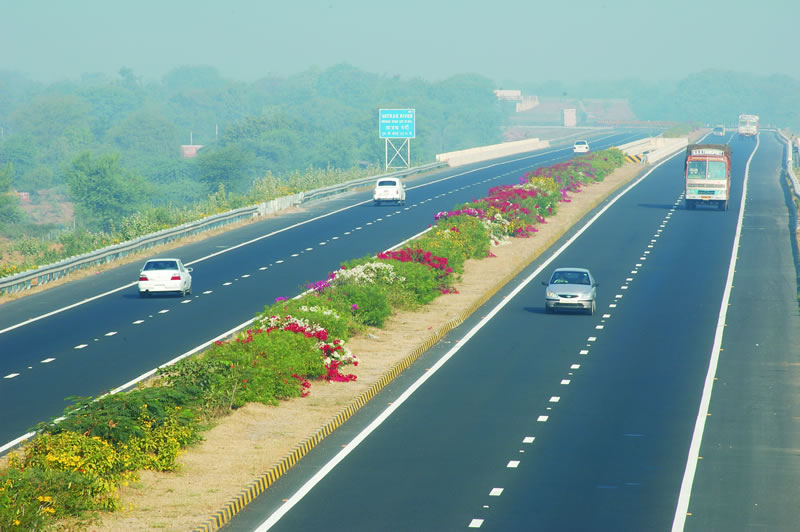Transportation plays a vital role in our daily lives, connecting people and goods across various distances. With the advancement of technology and the ever-growing need for efficient mobility, a wide range of transportation types have emerged. In this comprehensive guide, we will delve into the five most common transportation types, exploring their features, benefits, and applications.
- Road Transportation:
Road transportation is the most widely used mode of transportation globally. It encompasses various vehicles, including cars, buses, motorcycles, and trucks. The flexibility and accessibility of road transportation make it a popular choice for both personal and commercial purposes. From commuting to work to transporting goods, road transportation offers convenience and efficiency. - Rail Transportation:
Rail transportation, characterized by trains running on tracks, is known for its capacity to carry large volumes of passengers and freight. It offers a cost-effective and environmentally friendly alternative to road transportation for long-distance travel and cargo transportation. Rail transportation is widely used for intercity and international travel, as well as for transporting bulk goods such as coal, grains, and minerals. - Air Transportation:
Air transportation revolutionized the way we travel, enabling us to reach distant destinations in a fraction of the time compared to other modes of transportation. Airplanes provide speed, comfort, and global connectivity, making them indispensable for international travel and long-distance journeys. Additionally, air cargo services ensure the swift transportation of goods, especially perishable items and high-value products. - Water Transportation:
Water transportation, including ships, boats, and barges, has been a crucial mode of transportation for centuries. It remains a primary choice for transporting goods in bulk, such as crude oil, minerals, and containers. Water transportation offers cost-effectiveness, especially for long-haul journeys, and reduces road congestion. It also plays a vital role in international trade, connecting countries through ports and facilitating global commerce. - Pipeline Transportation:
Pipeline transportation is a specialized mode primarily used for transporting liquids and gases, such as oil, natural gas, and water. It offers a safe, efficient, and continuous flow of resources over long distances. Pipelines are commonly used in the energy sector, connecting oil fields, refineries, and distribution centers. They minimize the need for other transportation modes and reduce environmental risks associated with transportation.
Conclusion:
Understanding the five most common transportation types is essential for comprehending the intricate network that enables the movement of people and goods worldwide. Road transportation, rail transportation, air transportation, water transportation, and pipeline transportation each have their unique features and applications. By harnessing the benefits of these transportation modes, societies can ensure efficient mobility, economic growth, and sustainable development.


